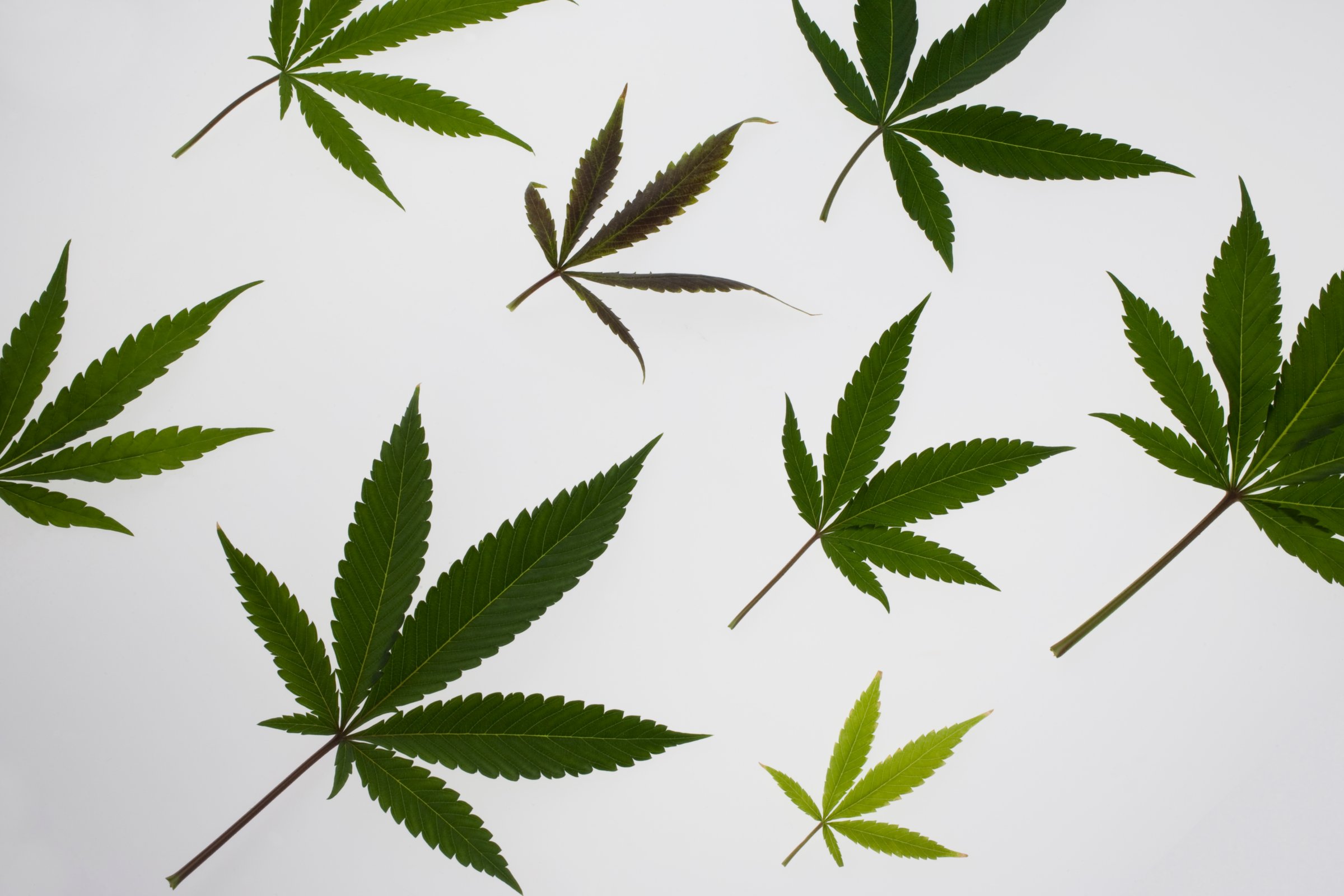
April 20 is known as a popular “4/20” holiday for marijuana enthusiasts, but researchers argue that the festivities may have serious consequences, including an increased risk of fatal traffic crashes.
In a research letter published Monday in the journal JAMA Internal Medicine, Canadian researchers looked at 25 years of data on fatal crashes in the U.S. They also compared the number of drivers involved in fatal crashes from 4:20 p.m. to midnight on April 20, and compared it to the same time frame one week earlier and a week later. The authors found that the risk of a fatal crash was 12% higher on April 20. Among drivers under age 21, the risk was 38% higher.
“The simplest interpretation of our findings is that more drivers are impaired by cannabis on 4/20 and these drivers contribute to fatal crashes,” study author Dr. John Staples, a clinical assistant professor of medicine and scientist at the University of British Columbia’s Centre for Health Evaluation and Outcome Sciences, told TIME. “But the underlying explanation may be more complicated.”
Read more: More Americans Want to Legalize Marijuana Than Ever Before
Staples said there are other factors that could increase the risk of dangerous car accidents. For example, people might be drinking or doing other drugs in addition to marijuana. Still, the researchers note that their findings equal 142 additional deaths over the 25-year study timeline.
“No matter where people live, I’d like them to know that impairment with drugs and alcohol increases the risk of crash,” Staples said. “Keep yourself and everyone else safe: Don’t drive high.”
Keeping people who smoke marijuana safe on the streets is a more complicated matter than it seems, and it’s not just the fact that almost 40 states have now legalized marijuana for medical or recreational use. Proving that someone is actually driving while high is difficult. Not every state has an official threshold for what amount of detectable marijuana means a person is actually high.
With alcohol, it’s straightforward: the more you drink, the drunker you get, and the higher your blood-alcohol content. But pot is different. When people smoke, THC spreads through the blood and is absorbed into tissues and the brain. But the amount of THC in a person’s body does not indicate whether a person is impaired. In states where some marijuana use is legal, law enforcement officials have to determine whether a person is impaired, and not just that they have marijuana in their system.
“More research into cannabis intoxication, driving performance, and crash risk will help researchers and policymakers develop better impairment standards,” Staples said, adding that he thinks 4/20 event organizers should make transportation a part of their event planning and that doctors should talk to people about impaired driving not just when it comes to alcohol, but marijuana, too.
More Must-Reads from TIME
- Donald Trump Is TIME's 2024 Person of the Year
- Why We Chose Trump as Person of the Year
- Is Intermittent Fasting Good or Bad for You?
- The 100 Must-Read Books of 2024
- The 20 Best Christmas TV Episodes
- Column: If Optimism Feels Ridiculous Now, Try Hope
- The Future of Climate Action Is Trade Policy
- Merle Bombardieri Is Helping People Make the Baby Decision
Contact us at letters@time.com